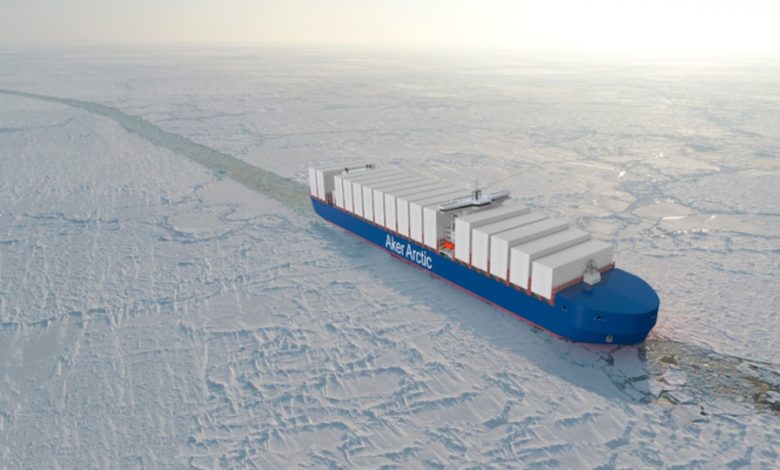US study sees new Arctic trade routes opening up

A new in-depth study of Arctic shipping over the coming decades points to a massive opening up of traffic in the north of the globe and a waning of Russian influence in the region.
Carried out by researchers from Browne and Maine universities in the US, the study points towards climate models that show how parts of the Arctic that were once covered in ice year-round are warming so quickly that they will be reliably ice-free for months on end in as little as two decades.
Projections show that by 2065, the Arctic’s navigability will increase so greatly that it could yield new trade routes in international waters giving ships alternatives to the Russian-controlled Northern Sea Route.
“There’s no scenario in which melting ice in the Arctic is good news,” said Amanda Lynch, the study’s lead author. “But the unfortunate reality is that the ice is already retreating, these routes are opening up, and we need to start thinking critically about the legal, environmental and geopolitical implications.”
Charles Norchi, a director of the Center for Oceans and Coastal Law at Maine Law, and one of the study’s co-authors, said the changes could have major implications for world trade and global politics.
These potential new Arctic routes are a useful thing to consider when you recall the moment when the Ever Given ship was stranded in the Suez Canal
Since 1982, the United Nations Convention on the Law of the Sea has given Arctic coastal states enhanced authority over primary shipping routes. Norchi said that for decades, Russia has been using these rules for its own economic and geopolitical interests.
Article 234 of the convention will cease to be applicable if there’s no ice covered-area for most of the year.
“These potential new Arctic routes are a useful thing to consider when you recall the moment when the Ever Given ship was stranded in the Suez Canal, blocking an important shipping route for several weeks,” Lynch said.
“Diversifying trade routes — especially considering new routes that can’t be blocked, because they’re not canals — gives the global shipping infrastructure a lot more resiliency.”
China, a non-Arctic littoral state, has been advancing its ambitions to ship goods via this quicker, northern route to Europe a great deal in recent years.
A host of NGOs have been leading campaigns at the International Maritime Organization for years to try and cut shipping’s carbon footprint in transiting the Arctic.
